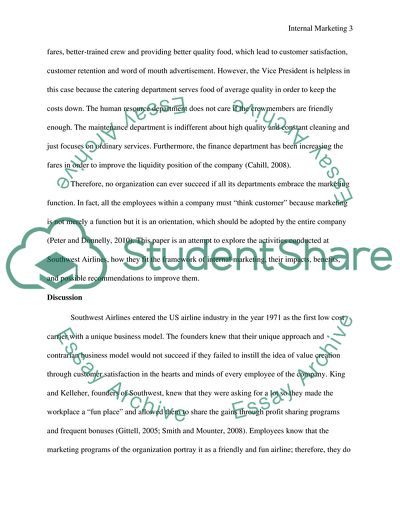Cite this document
(“The Power of Internal Marketing Research Paper Example | Topics and Well Written Essays - 1500 words”, n.d.)
The Power of Internal Marketing Research Paper Example | Topics and Well Written Essays - 1500 words. Retrieved from https://studentshare.org/marketing/1768141-internal-marketing
The Power of Internal Marketing Research Paper Example | Topics and Well Written Essays - 1500 words. Retrieved from https://studentshare.org/marketing/1768141-internal-marketing
(The Power of Internal Marketing Research Paper Example | Topics and Well Written Essays - 1500 Words)
The Power of Internal Marketing Research Paper Example | Topics and Well Written Essays - 1500 Words. https://studentshare.org/marketing/1768141-internal-marketing.
The Power of Internal Marketing Research Paper Example | Topics and Well Written Essays - 1500 Words. https://studentshare.org/marketing/1768141-internal-marketing.
“The Power of Internal Marketing Research Paper Example | Topics and Well Written Essays - 1500 Words”, n.d. https://studentshare.org/marketing/1768141-internal-marketing.


